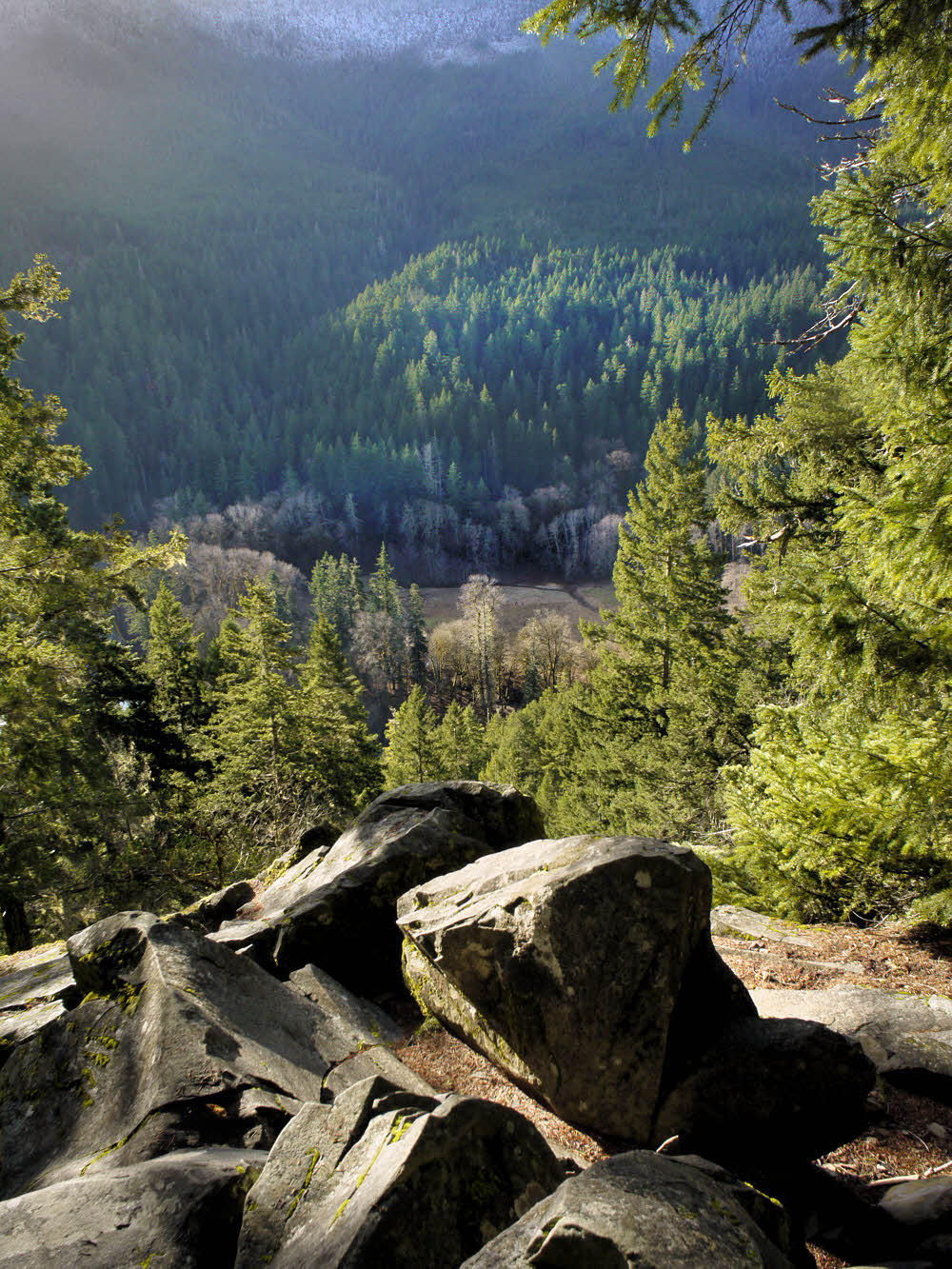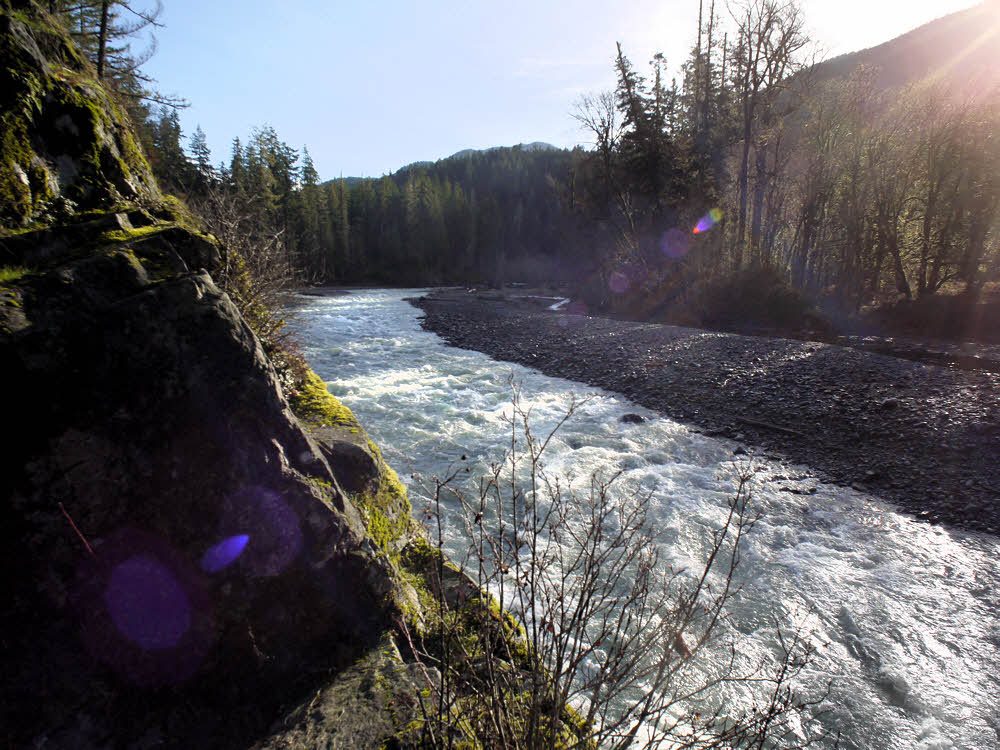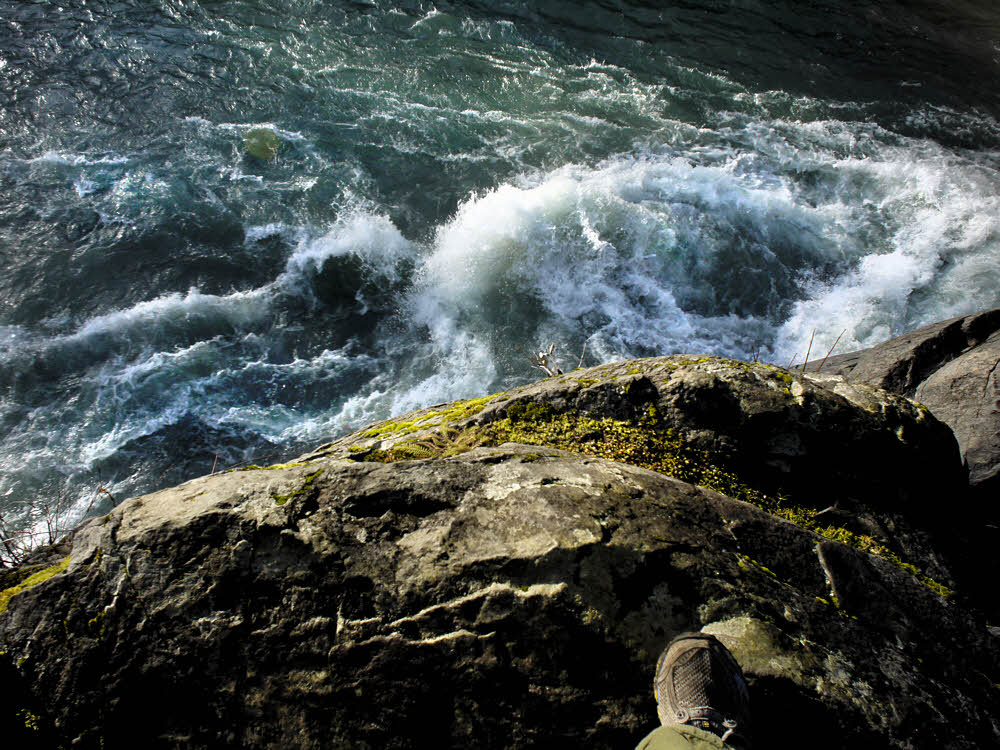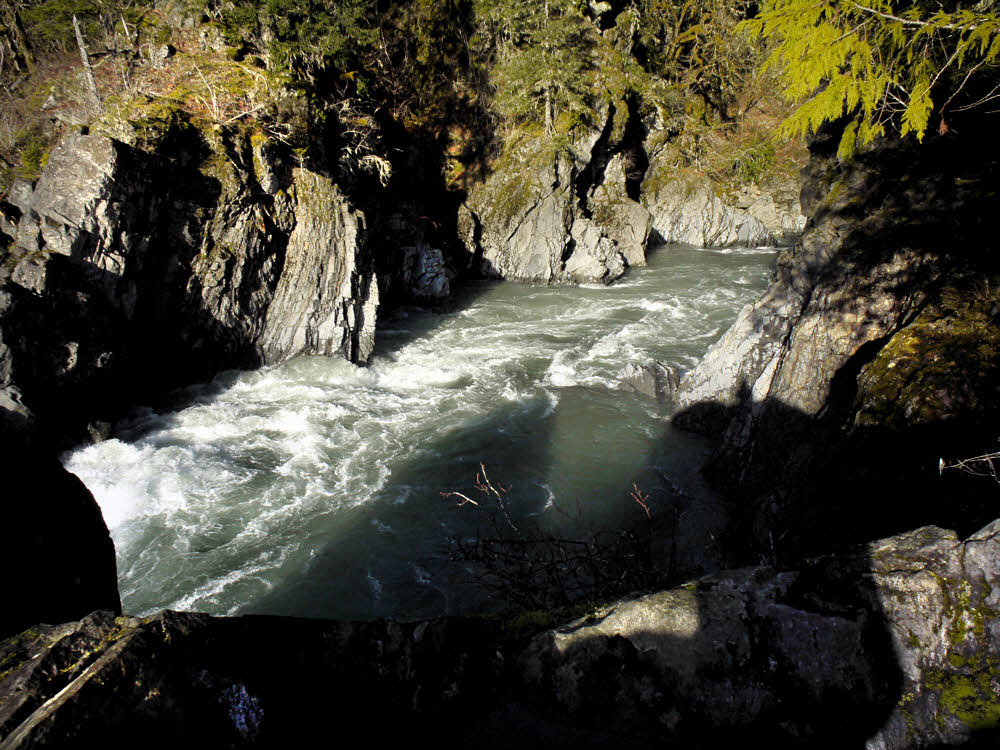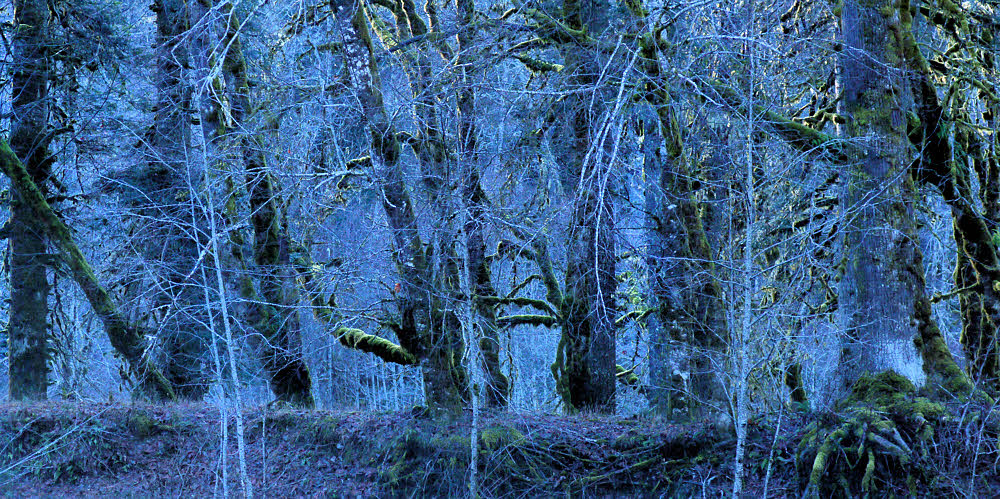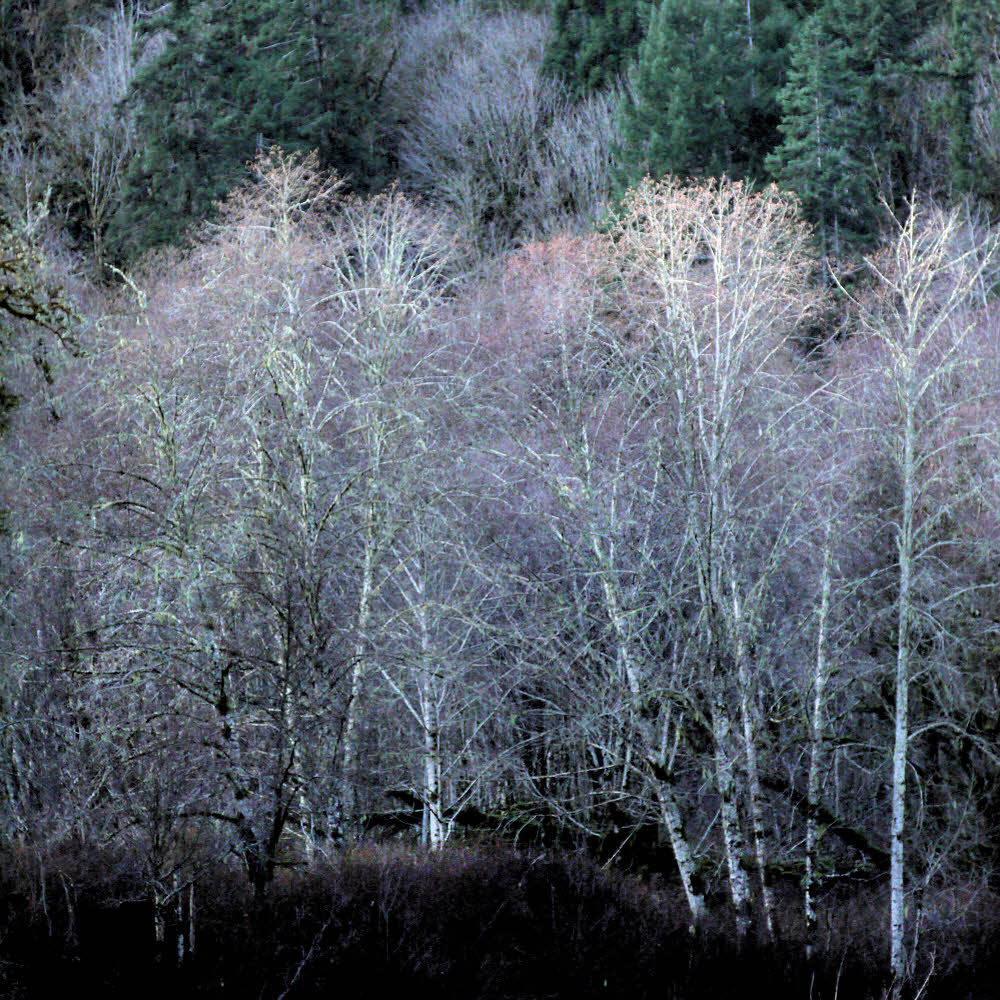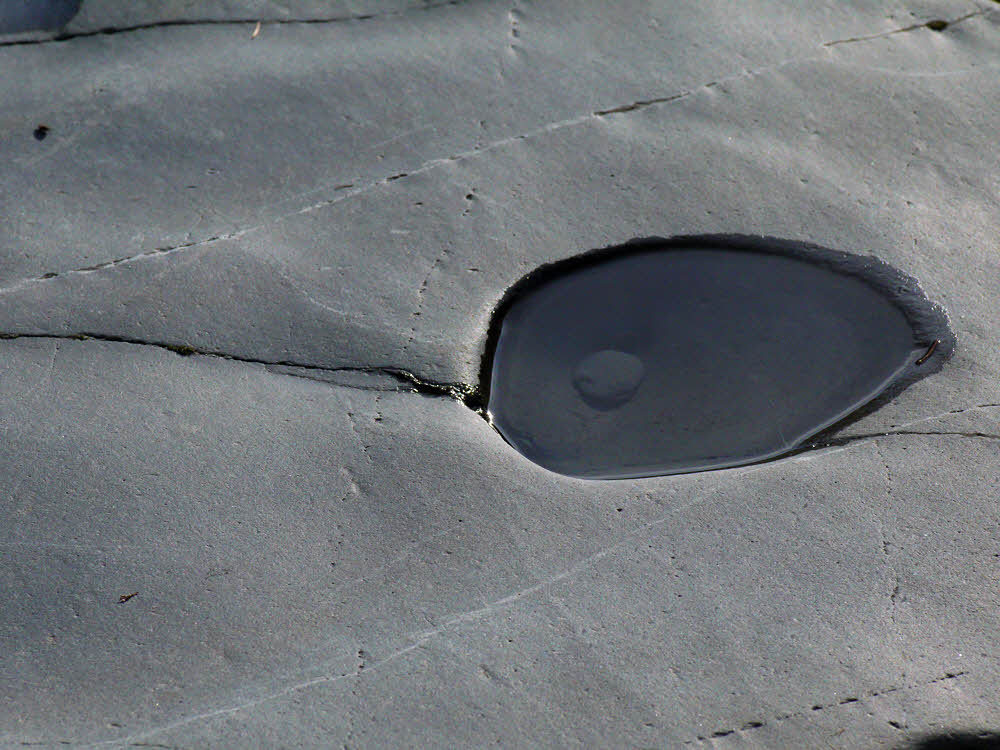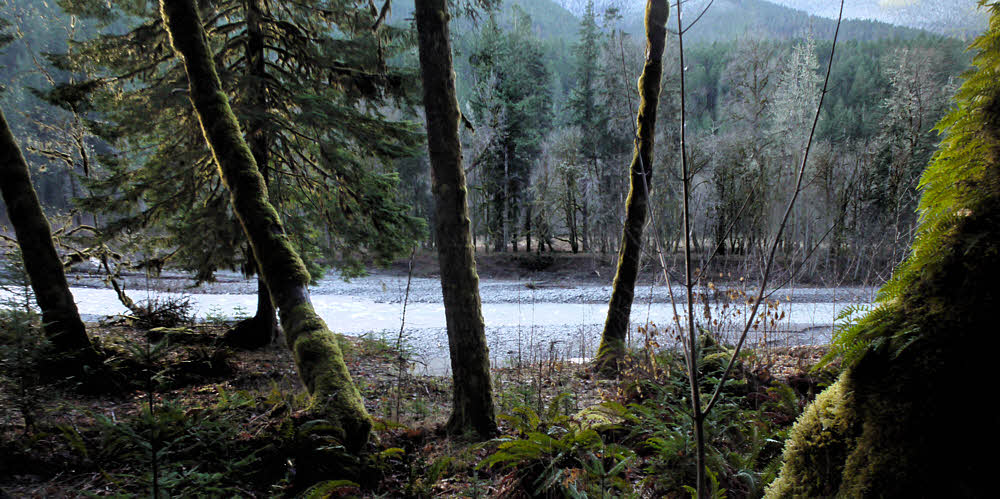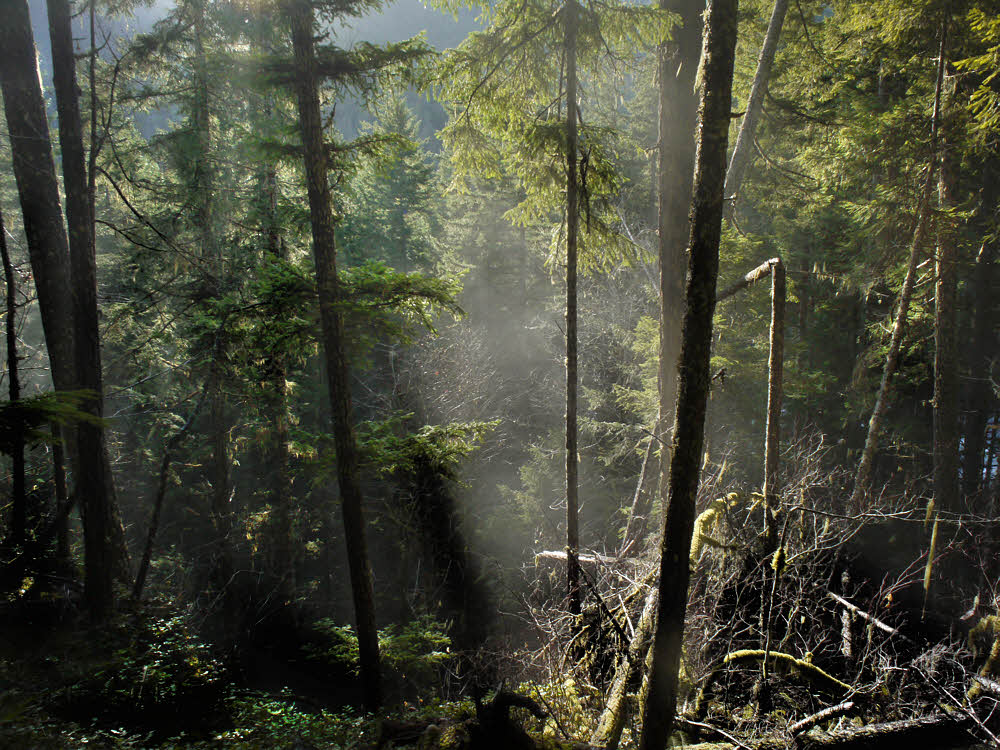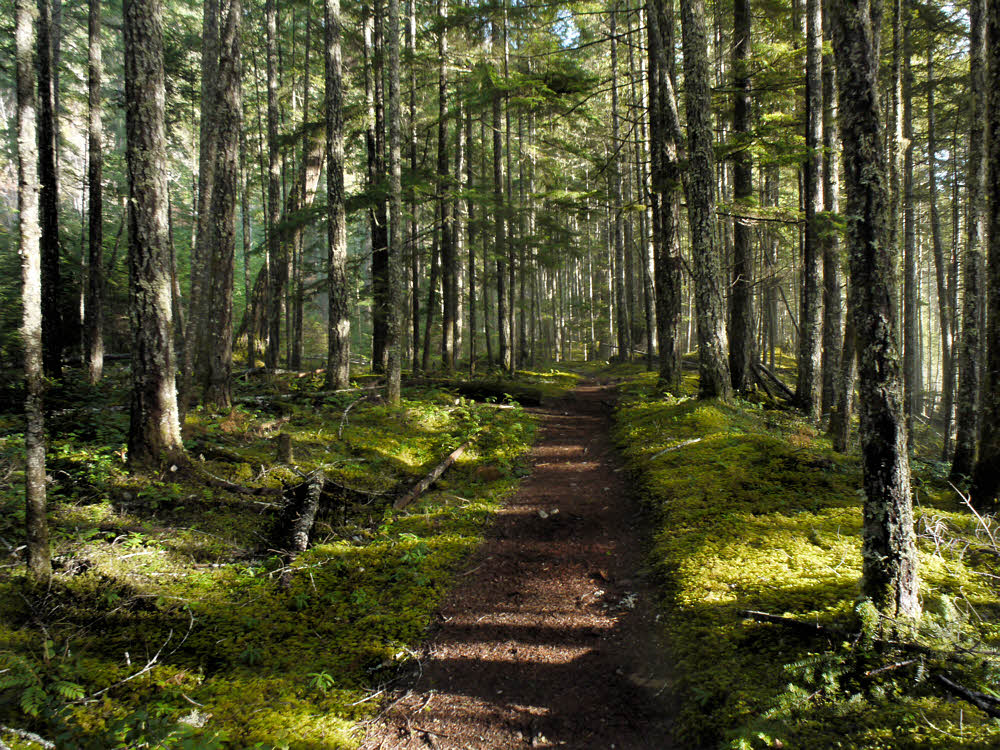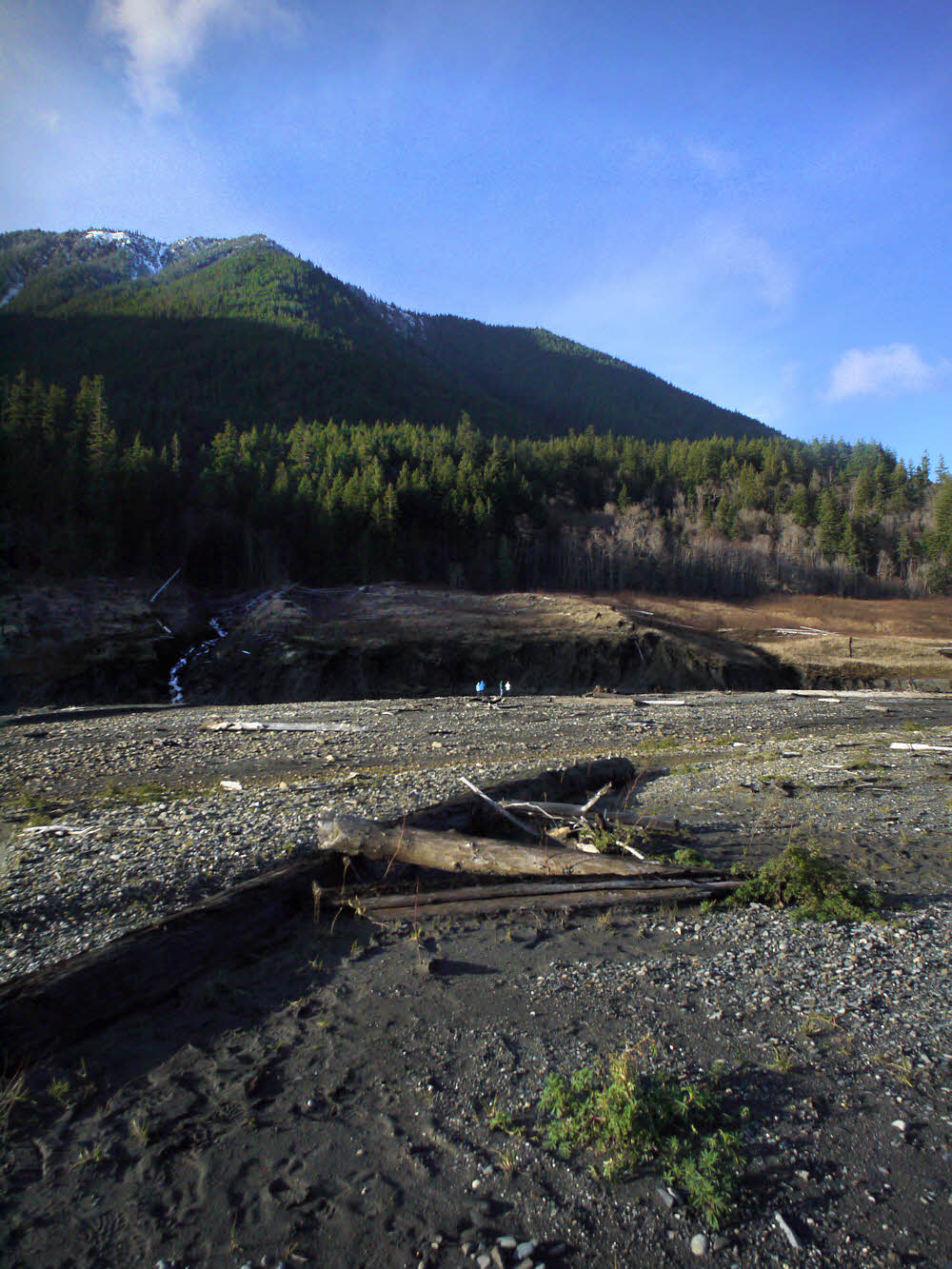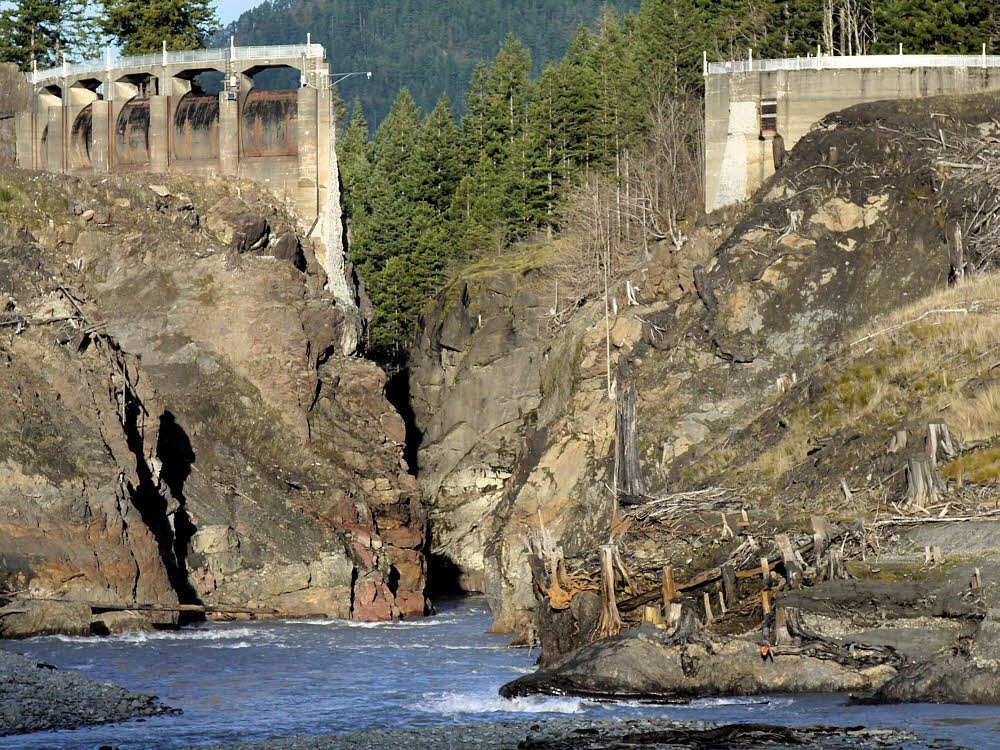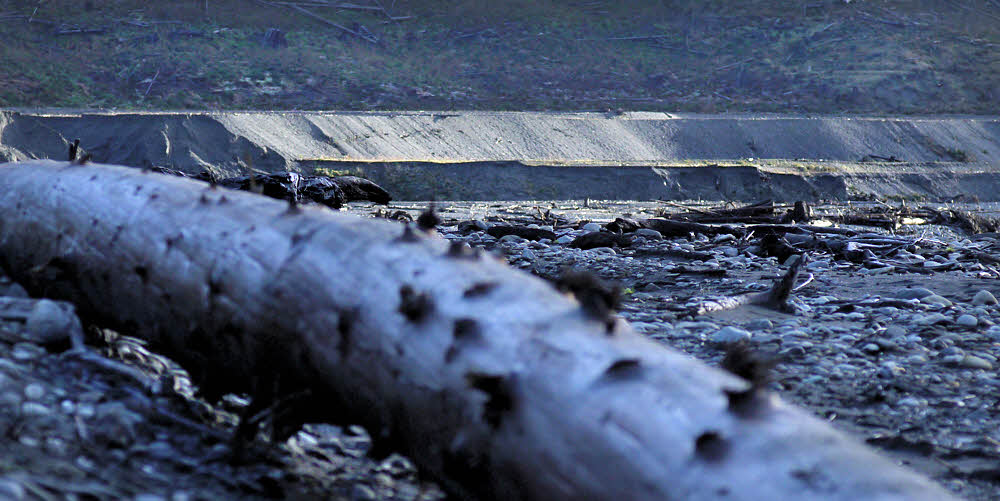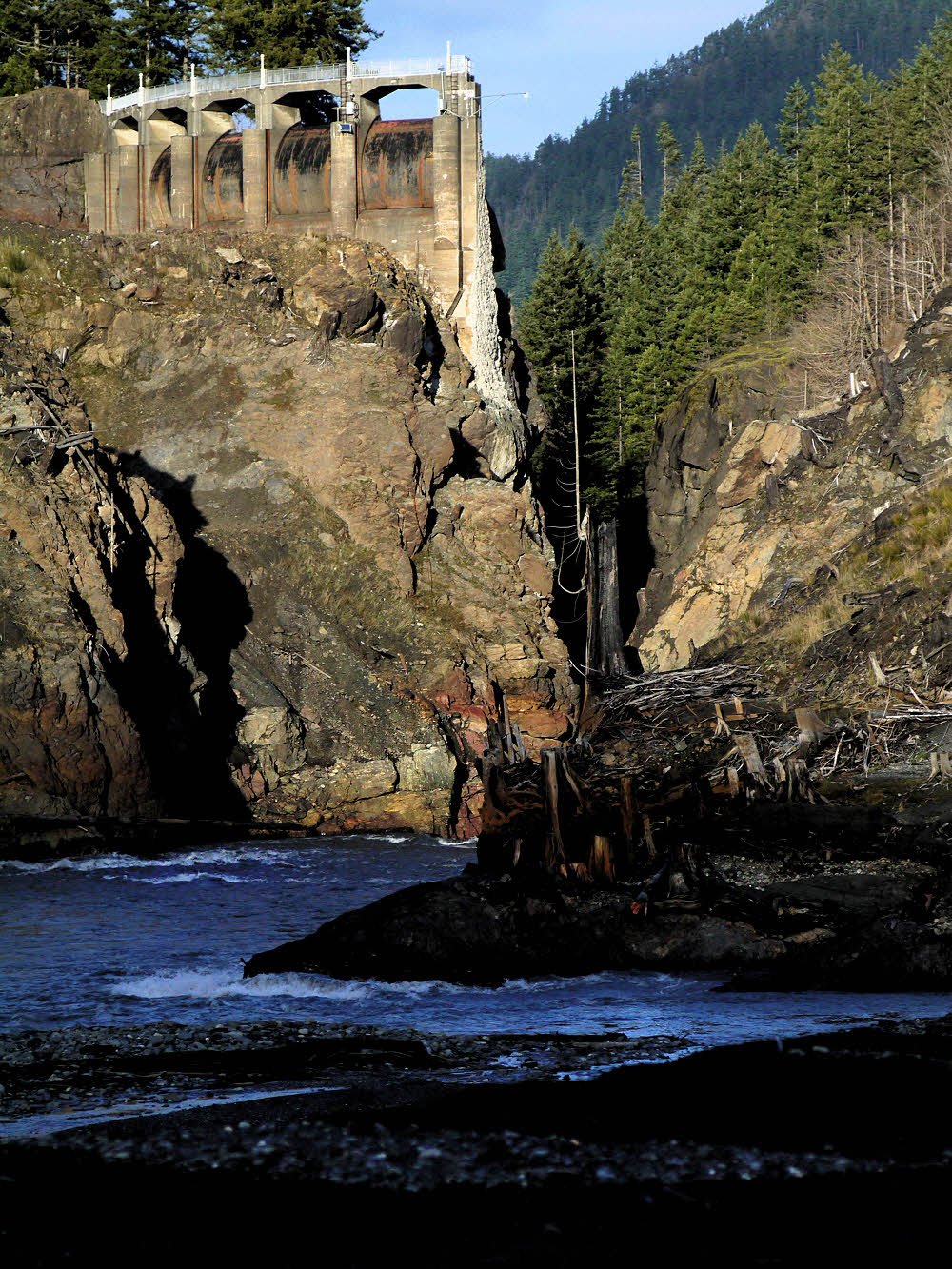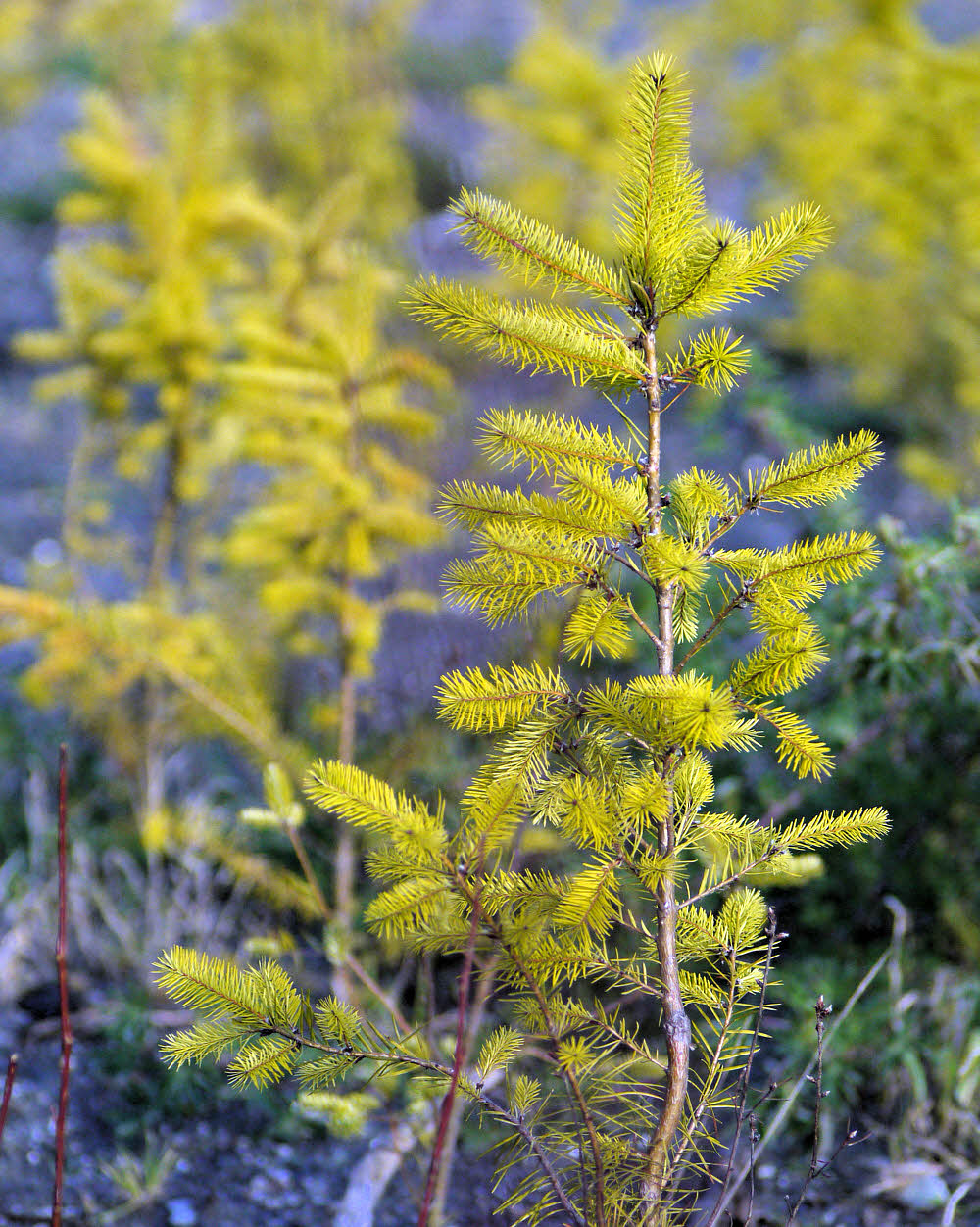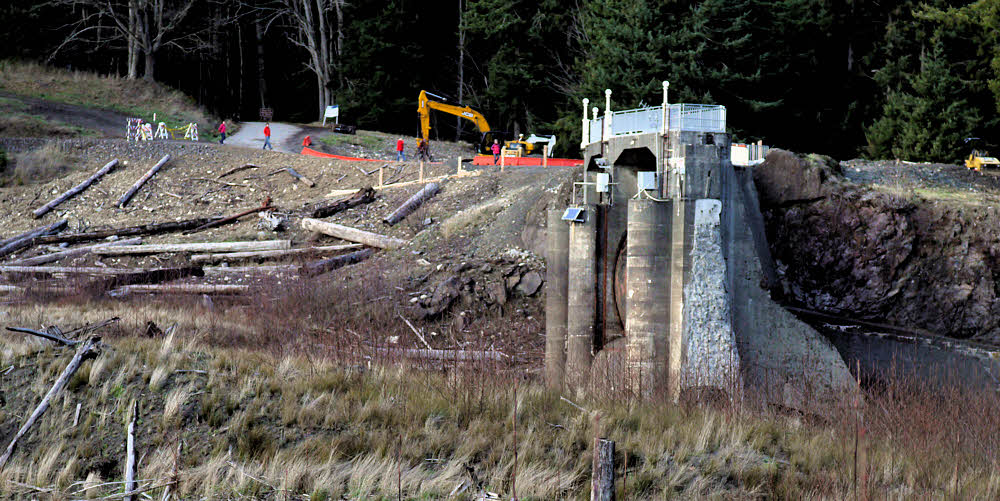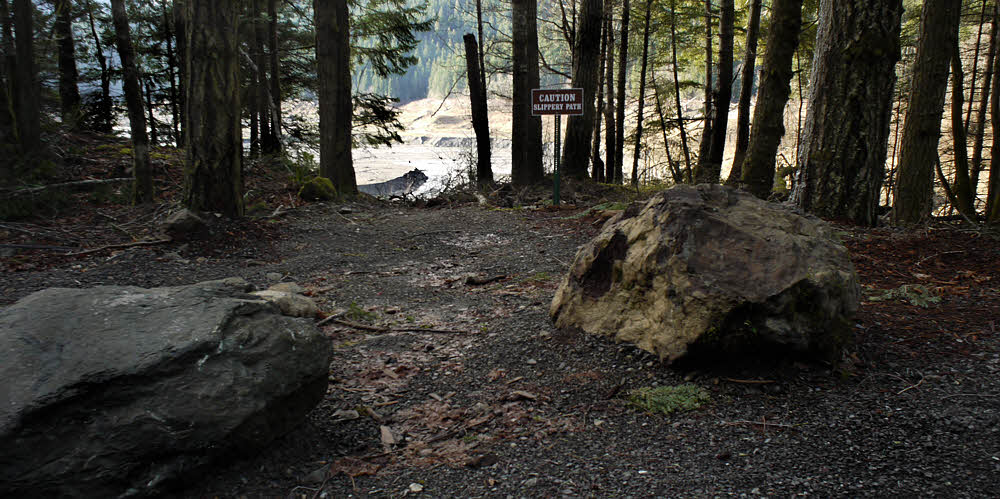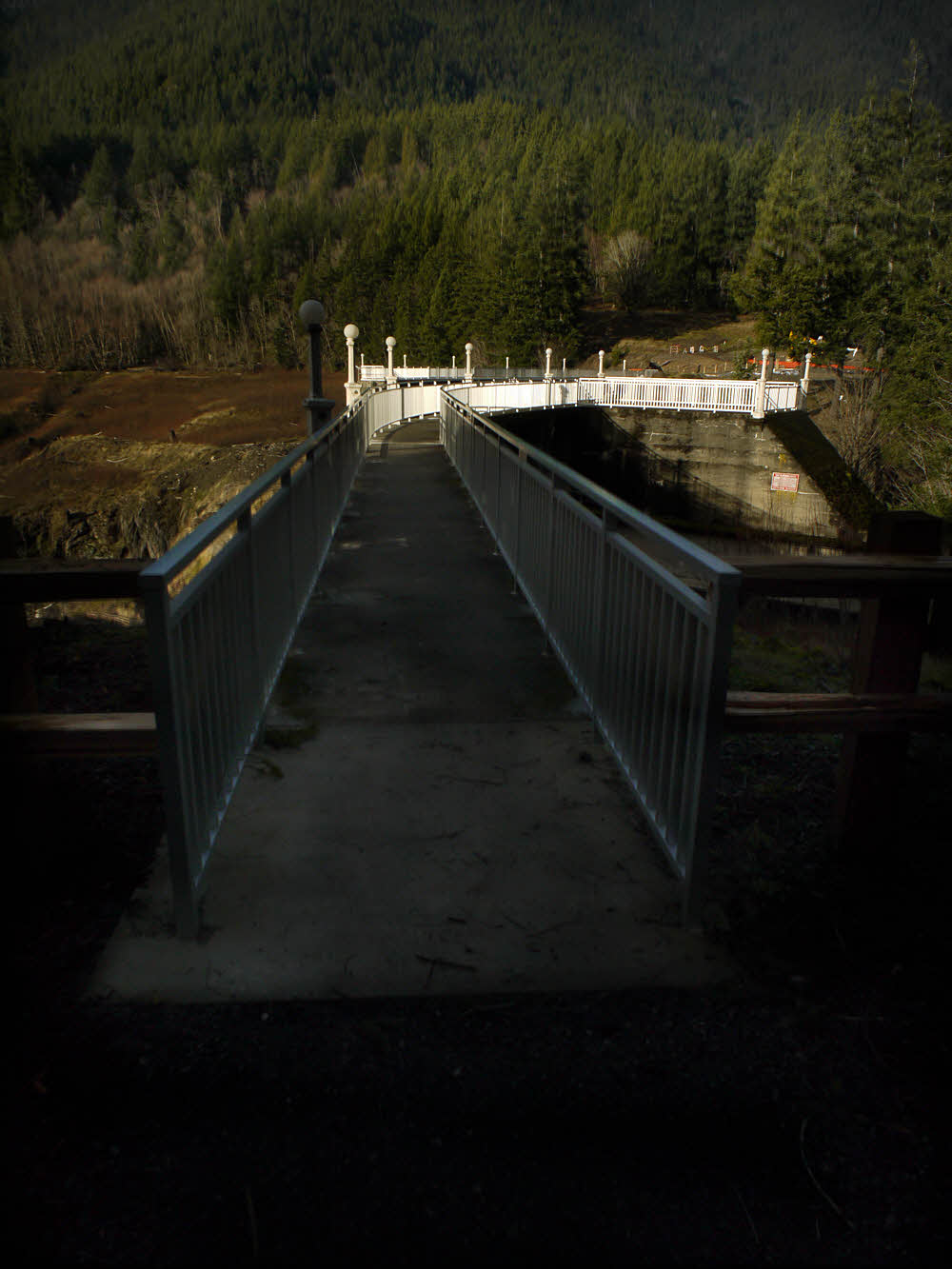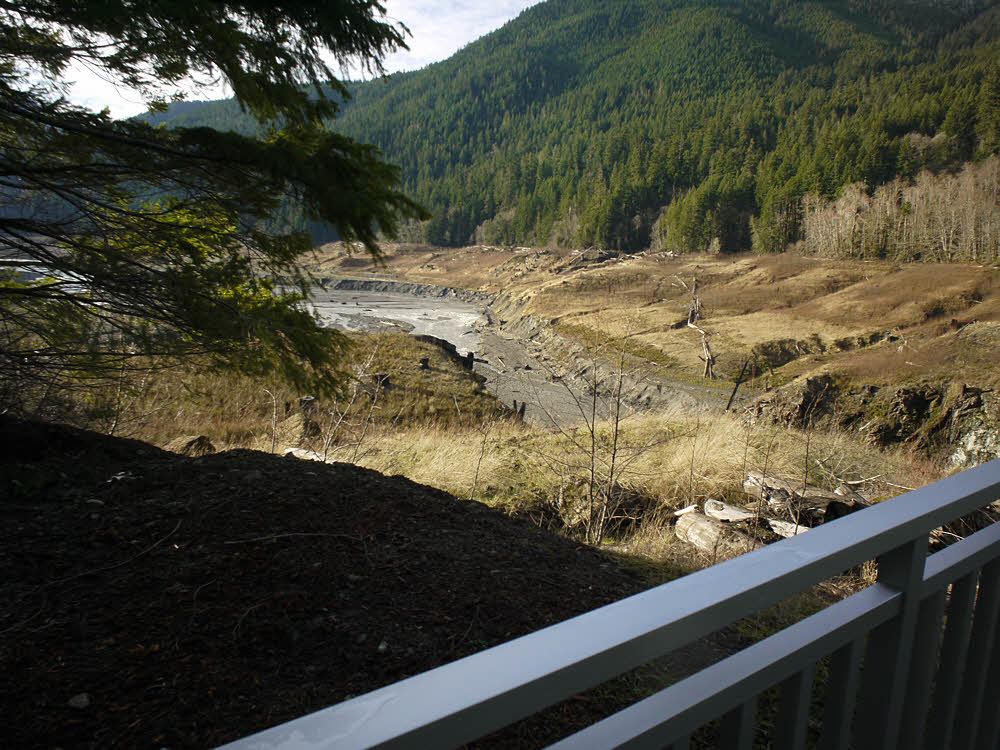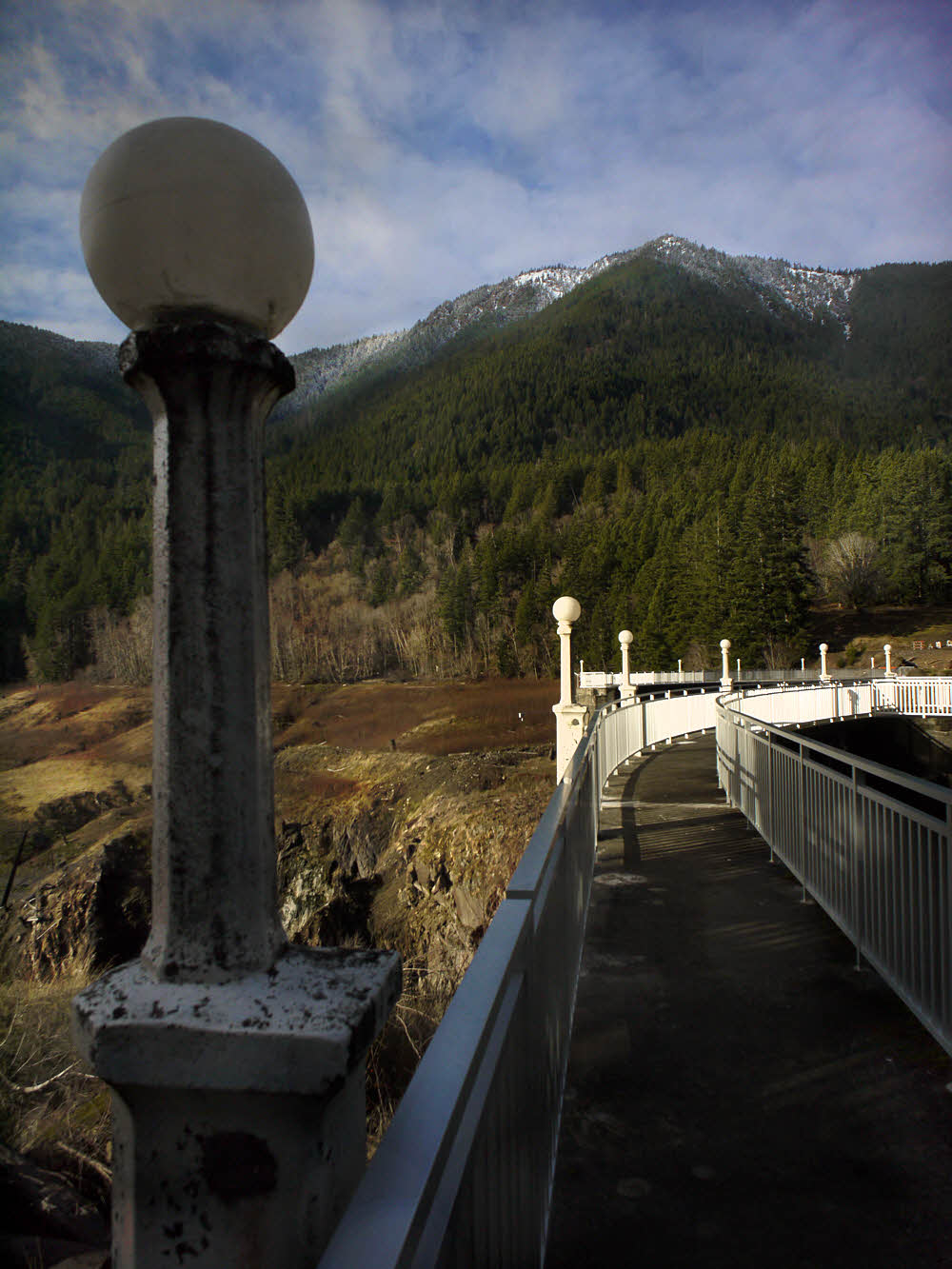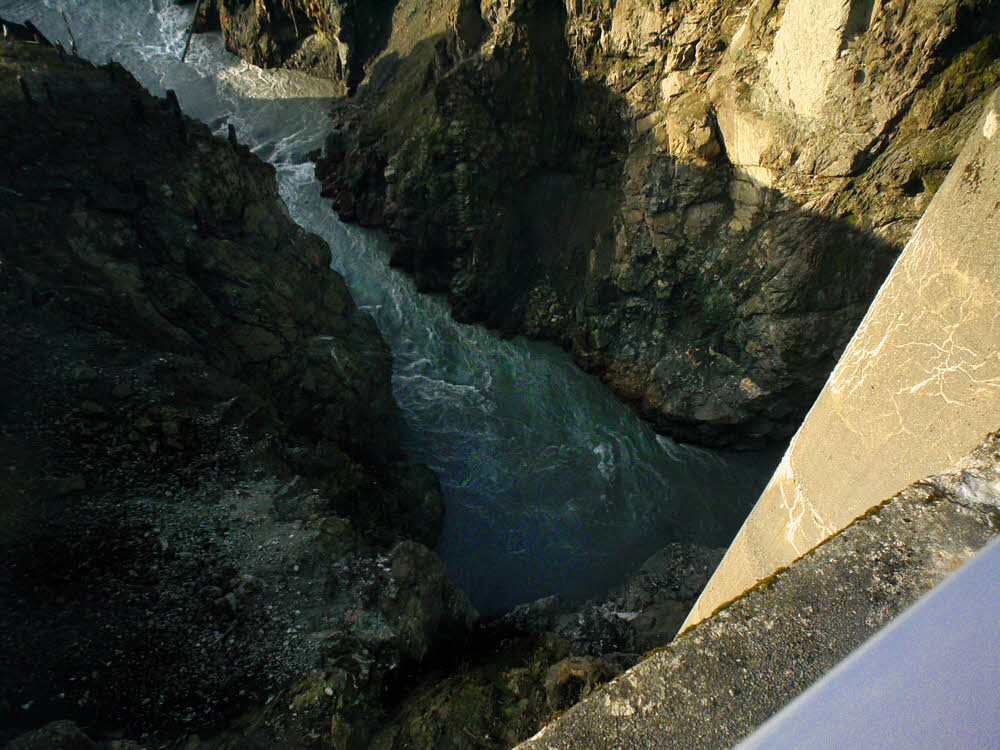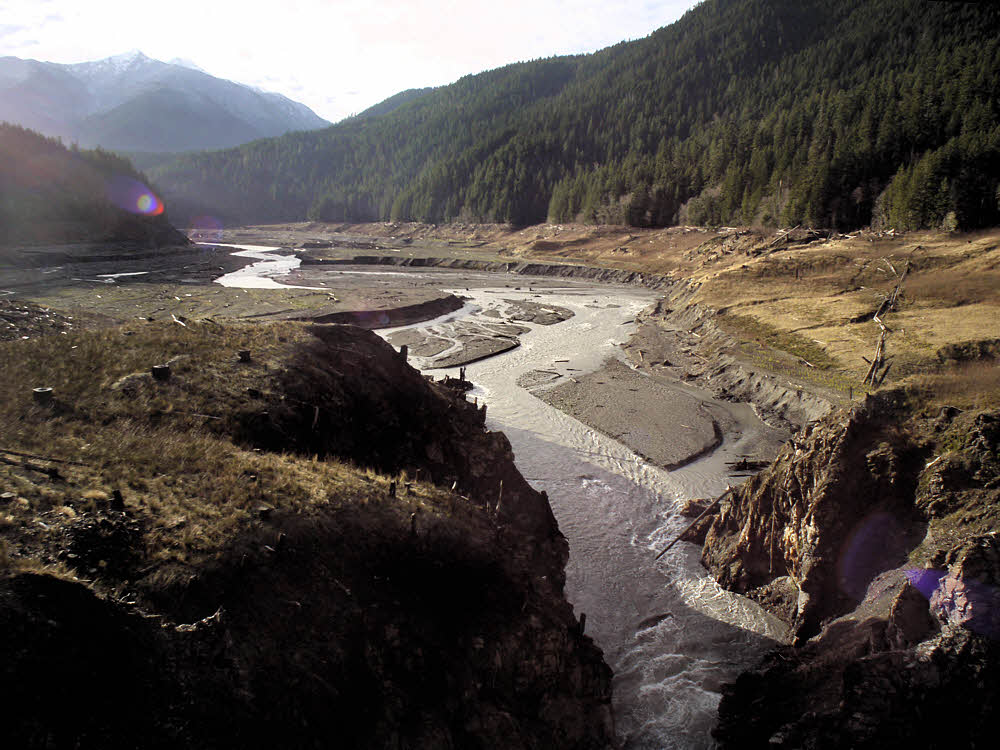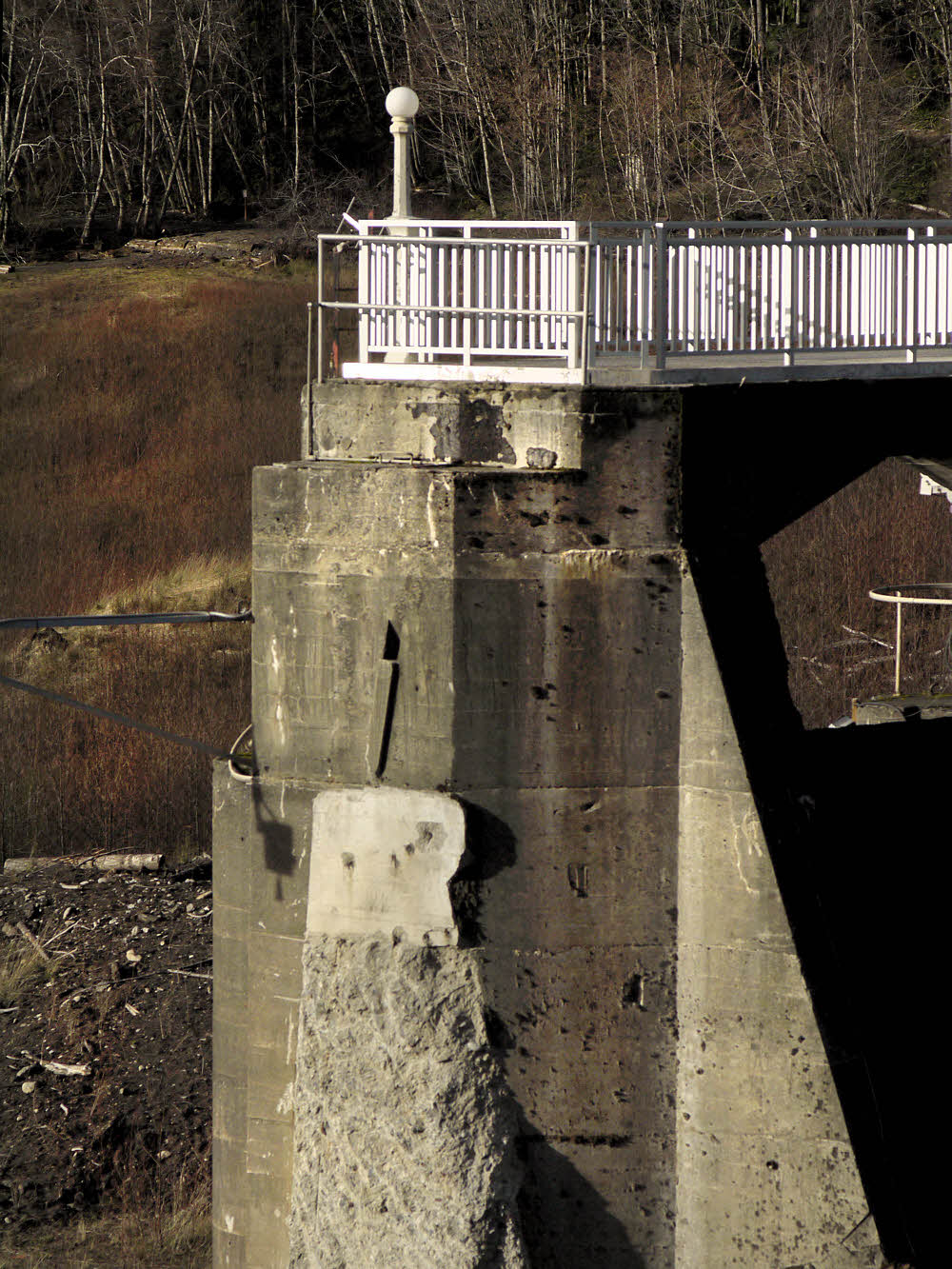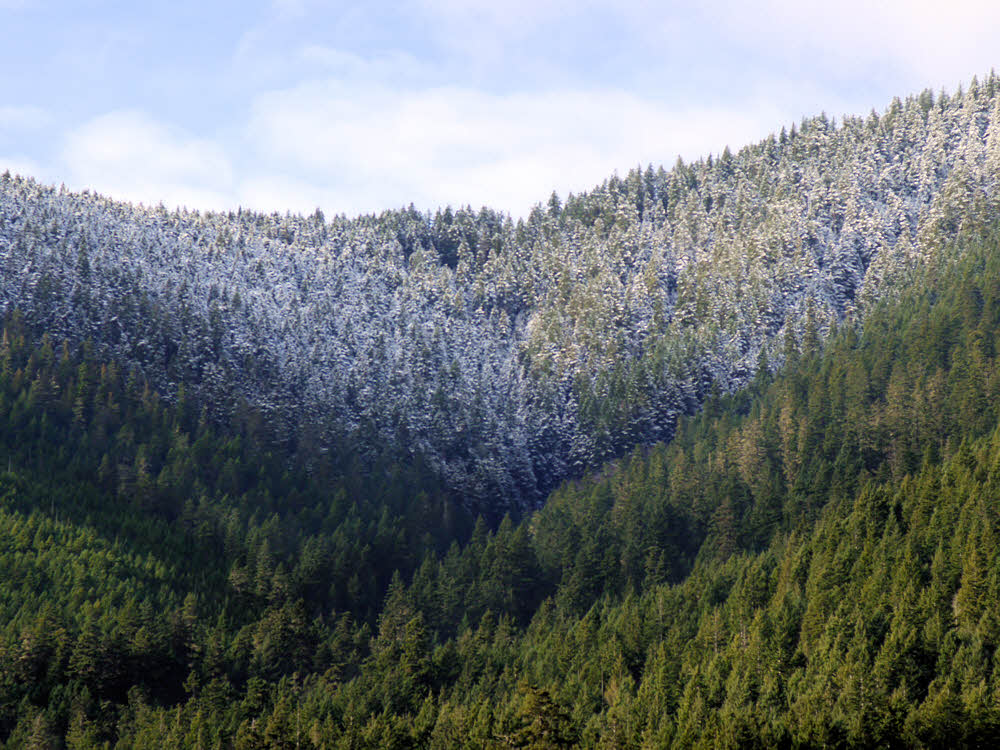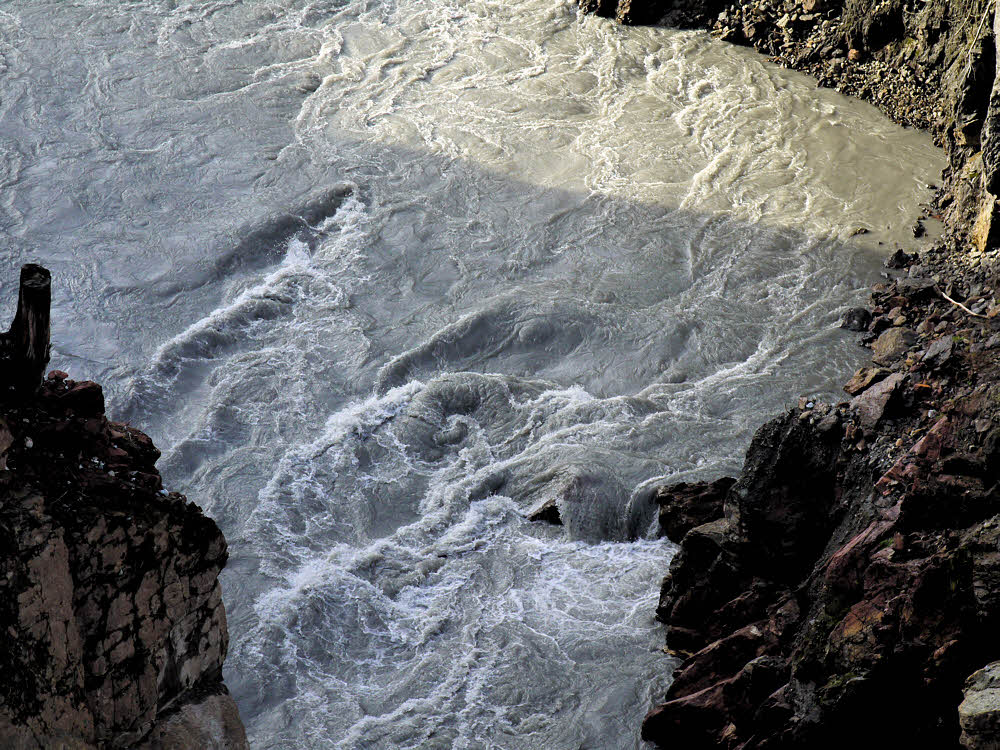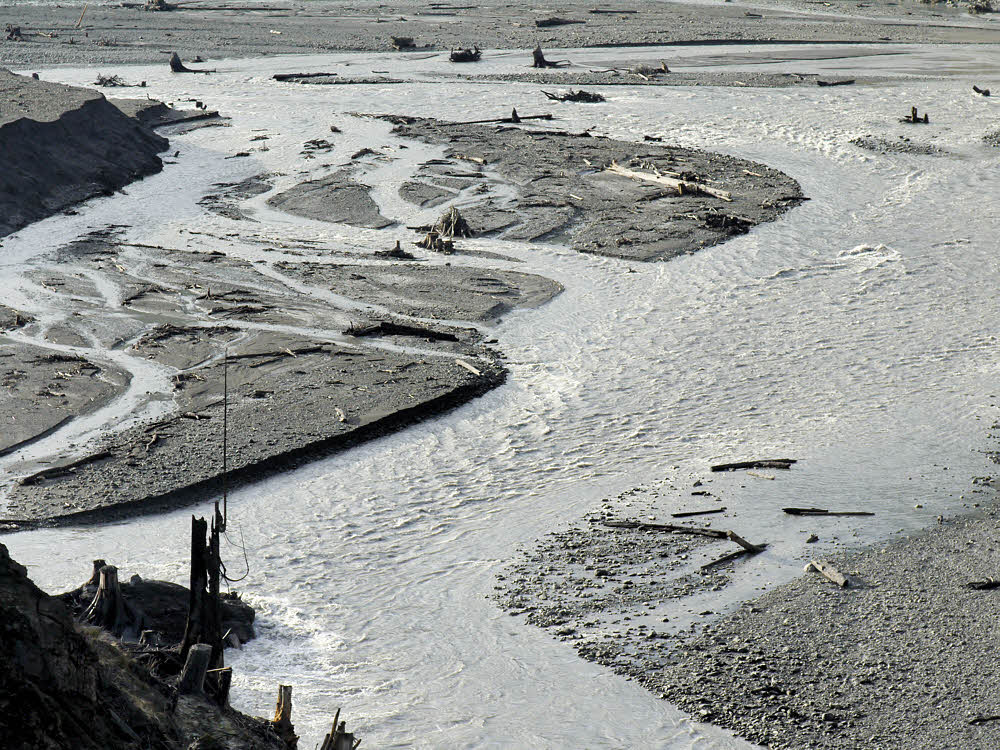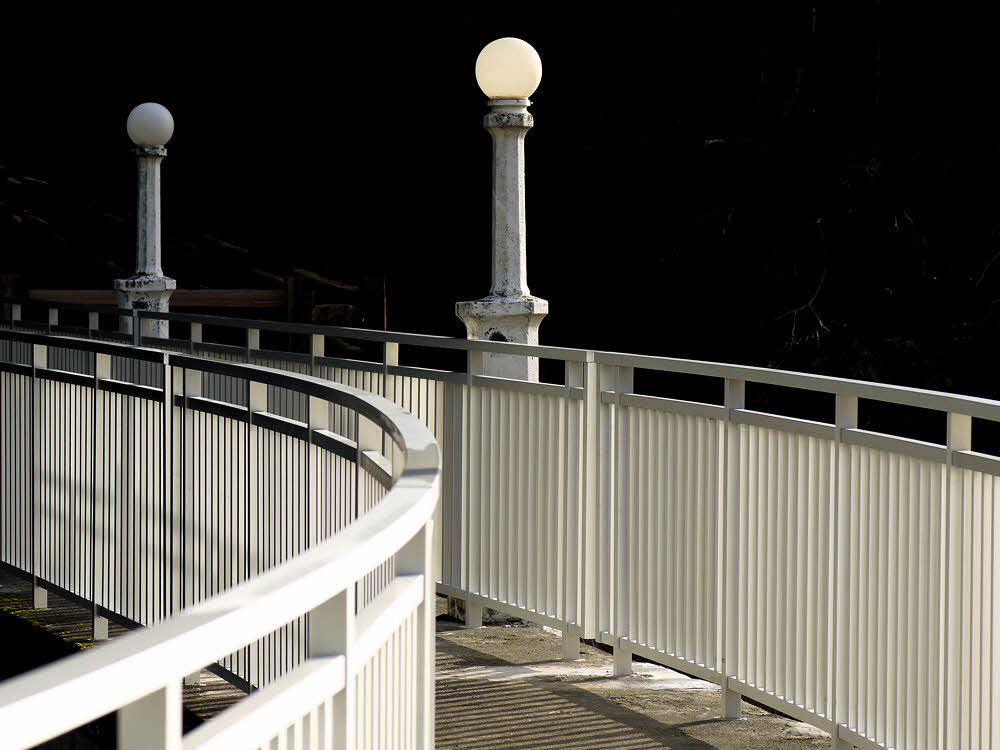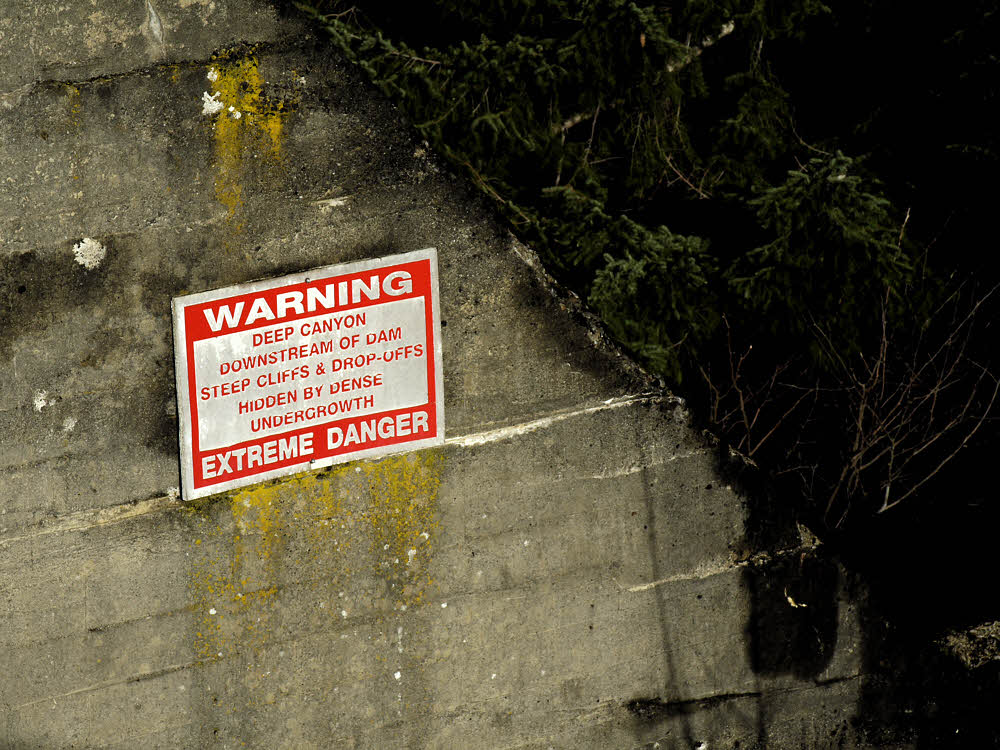Things change. The old has to make way for the new because retailers wouldn't be able to sell you more of what you already have. The coming year will be no different. Here's what to look for in 2015.
Packs.
Probably the biggest trend is Ultralight, and it's most notable in packs. Every backpack manufacturer these days has not only an ultralight pack, but a whole line of them. In fact, every pack by every maker is now ultralight.
And don't think that by going ultralight you're leaving anything out. That's totally 20th century.
Here are typical Packbag Features these days:
Top lid, main packbag access zipper, auxiliary packbag access zipper, stretch mesh belt pockets, stretch mesh water bottle pockets, ice ax loops, trekking pole loops, hydration ports, spindrift collar, carry handle, front pocket, Perfect-O-Fit adjustable suspension, dual aluminum stays, framesheet, reinforced waistbelt, lumbar support, two layer padded waistbelt, two layer padded shoulder straps, load lifter straps, belt stabilizer straps, bear canister compatibility, zippered interior stash pocket for storing valuables and an interior security pocket, also for storing valuables, key fob.
Weights? Only 3.5 to 5 pounds (1.6 to 2.3 kg). Empty. Practically nothing, and if you think a few inconsequential pounds to make your pack idiot-proof is too much, you can join the lunatic fringe and find a pack in the 2.5 to 3 pound range. If you dare. But do it fast, because weights of ultralight packs will continue to climb all year, and who knows where they'll end up.
Shelters.
Remember how tents developed? Remember tents? Hello?
Back when people wore armor, rode horses, and had hair coming out their ears and noses, tents were all cotton, held up by wooden frames, and every guy was named Clint.
Some time after that the Double-Wall era arrived, blossoming into colorful sheets of nylon and polyester, tensioned over flexible wand thingies, with an an outer tent to shed rain and an inner tent to do something or other that the outer one didn't.
Then one day someone dared to try a Single-Wall tent, using only that rain-shedding part.
But that's getting stale too, so look for Zero-Wall tents a little later this year.
Advantages of going to Zero:
- Quicker setup. (I.e., none.)
- Less confusing teardown — No need to count the walls when you break camp because there aren't any.
- Lighter — Zero is the number with the big hole in its middle, and so is your shelter.
- Unparalleled ventilation. (Duh!)
- Helps you work on your grim determination to survive, especially on windy, rainy nights.
Bedding.
Quilts continue to grow in popularity. After all, most of them have no zippers, no flaps, no straps, no strings, no turnbuckles or ties. Just insulation sandwiched between two layers of gauze. So simple — roll yourself in your quilt and shiver the night away.
But even the best piece of equipment can be improved, so look for things. Expect them to go in two different directions.
- The Li'l-Tucker auto-puckering self-tucking quilt that helps you slide into unconsciousness by cooing gentle nothings at you once you're all snug in there. With a teddy-bear attachment if you're one of those people. (Batteries extra. Impervious to bed-wetting incidents.)
- The All-In-Wunder. Use it as a flat quilt, or yank on the hidden zippers and drawstrings, and quickly turn it into insulated coveralls or PuffPants and matching Therm-O-Vest or even a pseudo-bag if you're feeling nostalgic. Black on one side, rescue orange on the other in case you need to signal to aliens that you want to be abducted the hell out of the woods already.
Fancy-Meals.
Freeze-dried is, face it — like stale pet droppings.
We're gonna move beyond that real soon now, with Kozi-Eats Hiker Treats, a new kind of self-heating meal pak. Just throw a package of your favorite dinner on the ground, trample it gently to fracture the chemical reservoirs inside and initiate the thermal process, wait two minutes, tear open, and squeeze the now-warm contents into your gullet. Or just stick your head inside the pouch if you're eating a meal for six all by yourself.
Each package comes with a dose of anti-emetic and an industrial-strength fart-attenuator, in case you have (a) trouble keeping it down, or (b) you don't.



